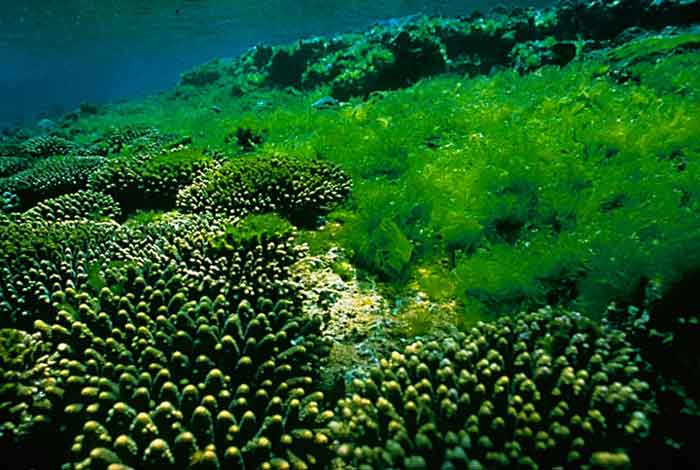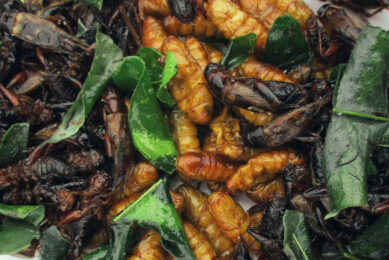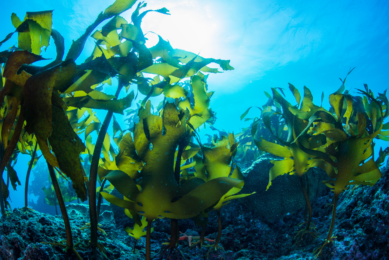Algae as sustainable protein alternative for animal feed

Cornell animal science professor Xingen Lei is testing algae as a new protein-rich source of feed to supplement and replace some of the corn and soybean meal mix traditionally given to food-producing animals.
By doing so, he could transform a biofuel byproduct into a valuable commodity, potentially freeing thousands of hectares of cropland.
"Current animal feed directly competes against human food sources and, thus, is unsustainable," Lei said. "We must develop alternatives to soybean and corn for animal feeds."
Algae produce 50 times more oil per hectare than corn, with a much smaller carbon footprint; uses nutrients more efficiently than land plants, with no runoff; and places no demand on high-quality agricultural land or freshwater supplies.
There are an estimated 1 billion pigs, 1 billion cattle, 2 billion sheep and goats and 40 billion poultry worldwide.
The average pig consumes about 300 kg of feed by the time it goes to market, Lei said, so replacing just 10% of that feed with algae would save a whopping 3 million metric tonnes.
One third replacement
Lei’s preliminary research found that dried defatted algae derived from biofuel production can replace up to one-third of soybean meal in diets for pigs and chickens. It is an attractive source because it is high in protein – 20-70%, compared with about 10% in corn and 40% in soy.
Lei and his researchers are now working to determine which algae are best, and the proper ratios of algae, soybean and corn. They are also discerning whether there are risks or additional health benefits for humans in resultant products, such as meat and eggs.
The samples are shipped to his lab from Hawaii, where algae are being cultivated on a small scale. Ramping it up to commercial scale will require thousands of hectares and hundreds of millions of dollars.
Here Lei might be able to help. Turning a biofuel byproduct into a value-added product could be the key to commercial viability and may spawn other new industries.
The global animal feed market is expected to exceed 1.3 billion metric tonnes per year by 2020, 15% of which (195 mmt) is protein, Lei said.
Single cell algae
Lei’s algae are a dried version of a single-cell type. Its simple structure means it is easier to break down, without the complex cellulose that presents challenges to the production of plant-based biofuels like corn-derived ethanol.
It also has a high lipid, or oil, content – around 30%, compared with 4% in corn – and its own inherent stress response can be harnessed to help in oil production. When starved of nutrients, the algae undergo physiological changes causing it to exude oil.











